Beginner's Question - How much growth can I expect in a year?
DrMuffinz
10 years ago
Related Stories

WORKING WITH PROSA Beginner’s Guide to Managing a Remodel
How do you make your design dream a reality? Here’s some project management know-how to help you work with your designer
Full Story
GARDENING GUIDES10 Tips to Start a Garden — Can-Do Ideas for Beginners
Green up your landscape even if you're short on time, money and knowledge, with these manageable steps for first-time gardeners
Full Story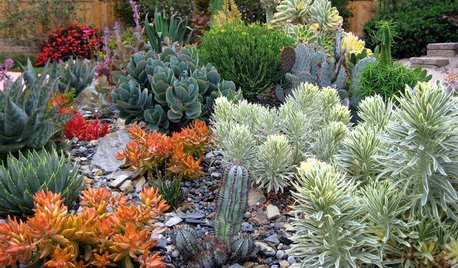
GARDENING GUIDESA Beginner’s Guide to Growing Succulents
Their easy-care reputation is well-deserved, but a little TLC will turn succulents into star plants
Full Story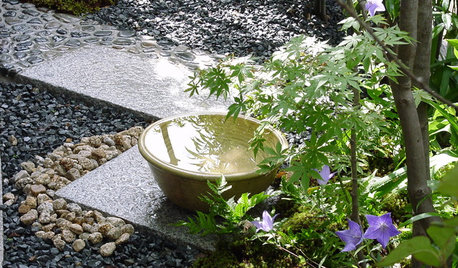
WORLD OF DESIGNA Beginner’s Guide to the Japanese Tea Garden
A small roji, or teahouse garden, offers a respite from everyday life. Why not make one part of your home garden?
Full Story
MOST POPULARTrend Watch: 13 Kitchen Looks Expected to Be Big in 2015
3 designers share their thoughts on what looks, finishes and design elements will be on trend in the year ahead
Full Story
ARTCollect With Confidence: An Art-Buying Guide for Beginners
Don't let a lack of knowledge or limited funds keep you from the joy of owning art. This guide will put you on the collector's path
Full Story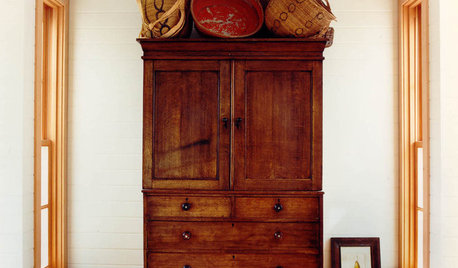
DECORATING GUIDESA Beginner's Mini Guide to Buying Antiques
Experience the thrill of the hunt without ignorance ruining the spoils, with this guide to antiquing for novice buyers
Full Story
FEEL-GOOD HOMEThe Question That Can Make You Love Your Home More
Change your relationship with your house for the better by focusing on the answer to something designers often ask
Full Story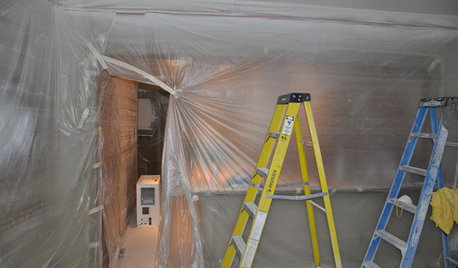
MOST POPULAR11 Things to Expect With Your Remodel
Prepare yourself. Knowing what lies ahead during renovations can save your nerves and smooth the process
Full Story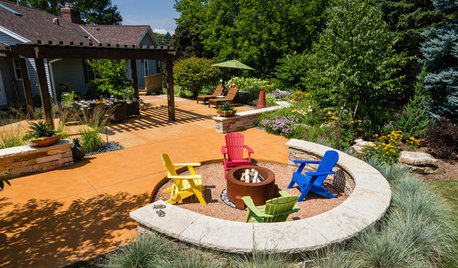
REMODELING GUIDESNew Home Renovation Study Paints Positive Growth Picture
More than two-thirds of industry professionals say 2014 was a good year and 2015 is looking hopeful
Full StorySponsored
Your Custom Bath Designers & Remodelers in Columbus I 10X Best Houzz







ingrid_vc so. CA zone 9
jerijen
Related Discussions
How much fruit can I expect from a potted persimmon tree?
Q
Buddleia...how much growth per year???
Q
Norway Spruce growth rate question. First year 4".
Q
How much can I expect from S & S for next year?
Q
seil zone 6b MI
mad_gallica (z5 Eastern NY)
roseseek
DrMuffinzOriginal Author
DrMuffinzOriginal Author
mad_gallica (z5 Eastern NY)
jerijen
DrMuffinzOriginal Author
nippstress - zone 5 Nebraska
DrMuffinzOriginal Author
meredith_e Z7b, Piedmont of NC, 1000' elevation
roseseek
mad_gallica (z5 Eastern NY)
nippstress - zone 5 Nebraska
DrMuffinzOriginal Author
nippstress - zone 5 Nebraska
mad_gallica (z5 Eastern NY)
DrMuffinzOriginal Author
seil zone 6b MI
mad_gallica (z5 Eastern NY)